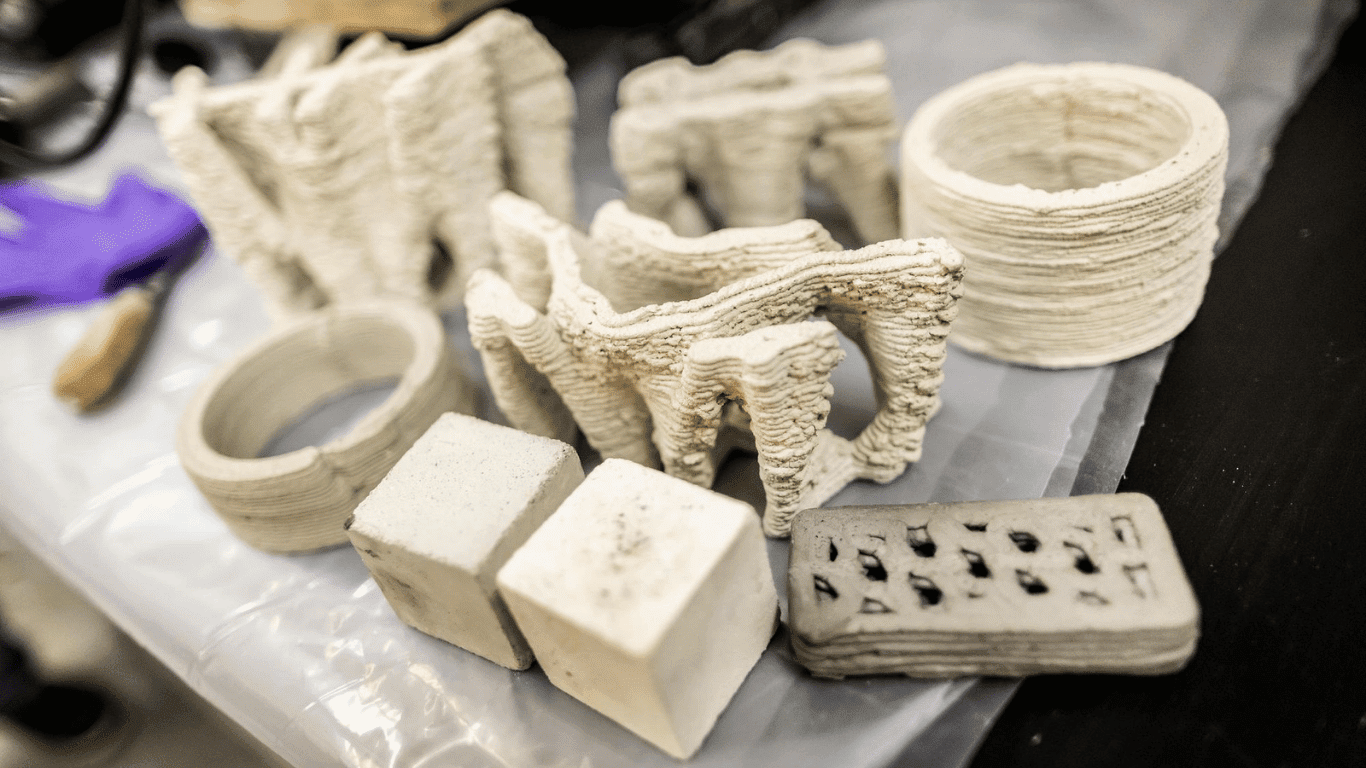There are a few different ways to reduce your environmental impact when driving. One way would be to purchase a green vehicle (and we’re not talking about the color). This could include an electric vehicle or even a fuel cell vehicle like the 2021 Toyota Mirai. If you aren’t in the market for a brand new car, however, there are still steps that you can take to make your current car eco-friendly.

1. Get Regular Tune-ups
Making sure your car is running smoothly is something that you need to do for your yearly vehicle inspections, but it’s also something that can help improve the environmental impact of your car. A typical tune-up can help improve your gas mileage by around 4% and repairing serious maintenance issues can result in a 40% improvement in fuel efficiency. And, as fuel efficiency improves, it also lessens the environmental impact of your vehicle.
There are also specific areas of a car that, when malfunctioning, can cause your vehicle to emit more pollution than normal. For example, the emissions system is in charge of cleaning and minimizing the exhaust fuels that exit the tailpipe. In cases where this part of the car is malfunctioning, more fuel exhaust will exit the car and enter the atmosphere. Getting the car regularly inspected can help avoid these problems and the pollution they can cause.
2. Drive Smart & Light
Driving aggressively, breaking often, and accelerating rapidly are all things that can cause your car to burn more fuel than necessary. Instead, drive the speed limit, brake sparingly… and try not to get in an unspoken race with the driver that cut you off in traffic. It can also help to make sure to efficiently plan your routes prior to driving, making sure you’re going the shortest and most fuel-efficient route.
In addition to how you drive, what you take with you can also affect your car’s fuel efficiency. The heavier your car is, the more fuel it uses. Make sure that you’re diligent about keeping your car clean and any access items (especially heavy ones) don’t drive with you unless it’s absolutely necessary.

3. Don’t Top Off Your Fuel
Refueling correctly can also help your car’s environmental impact. Be sure to only refill your gas tank until the pump stops automatically, never top off your tank with additional fuel. Modern vehicles have an emissions canister built-in, which is designed to prevent fuel vapors from leaking into the atmosphere. When you top off your tank, it forces liquid fuel into the canister, which reduces its effectiveness and could render it completely useless over time. Overflowed tanks can also spill fuel, which then evaporates into the atmosphere. Being conscientious about fueling correctly, and screwing on your fuel cap tightly afterward, can help avoid some additional negative environmental impacts your vehicle could produce.
4. Avoid AC
This one is a tough ask, especially on those 90 degree summer days when opening up your windows just means blowing hot air all over your already sweaty face. Turning on the AC increases the strain on your vehicle’s electrical system, making the engine work harder to compensate which results in higher fuel consumption.
No one is suggesting that you be so strict with your AC that you end up passing out in your car due to heat exhaustion, but switching to open windows when you can will help your car make it through the more scorching summer months with less of an environmental impact. Keep the windows rolled up on the highway, however, because there is some debate that the increase in the aerodynamic drag can cause the fuel efficiency to go down as well.

5. Fill Up Tires
Being diligent about keeping your tires properly inflated is another way to help your vehicle go green. Under-inflated tires don’t roll as efficiently as ones that are properly inflated. When tires are under-inflated, the car engine needs to work harder to get them moving which results in your car burning more fuel than necessary. Adequately filled tires will also last longer, therefore limiting landfill waste as well.
This can be minimized by maintaining the correct tire pressure or the tire pressure recommended for your car. Although this is different for every vehicle, the suggested range will normally be printed either in the owner’s manual or on the sticker inside the driver’s door.
Discover the World of Innovation, and see sustainable hotels around the world, how recycled art turns trash into treasure, and how to make game controllers.







